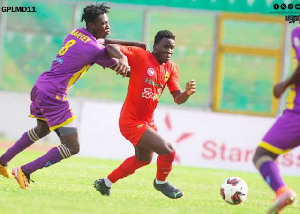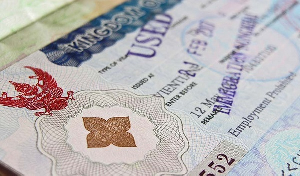A year since all schools were instructed to start providing at least half a litre of milk to every student, schools are yet to comply citing shortage of funding.
In February 2019, the Ministry of Education announced that each student should get at least a half-liter of milk per day; however, the ministry said that adding milk to the menu must not increase feeding fees.
Based on the price of milk set by the Ministry of Trade and Industry, a litre of milk costs Rwf220 at milk collection centers across the country; however, transport to different destinations means additional costs.
Samuel Nkurunziza, the headteacher of Kagarama Secondary School in Kicukiro District, said that when the school gave milk to students during National Harvest day – Umuganura last year (2019), a litre was bought at Rwf400. That means a half-liter of milk cost Rwf200.
The school has 1,055 students, which means that it needs over 500 liters of milk per day costing more than Rwf18.9 million per term which they cannot afford without increasing fees.
“Ideally, a school should not withhold anything from a student. We also wish they could get the milk but we lack the means,” he said. “Giving milk to students daily without increasing school fees or the feeding cost is not possible unless we get support.”
Schools seek subsidies
Callixte Havugimana, headteacher of Groupe Scolaire Munini in Ruhango District, told The New Times that the school has more than 1,700 students.
“Milk is important to children’s growth because they need nutrients, however, as things stand now, the initiative cannot be put into practice unless the Government provides subsidies,” Havugimana said.
Anaclet Mwitaba, headteacher of Groupe Scolaire Gishoma in Rusizi District, said that in order to implement this initiative, they were considering buying at least two highly productive dairy cows which would, together, give about 40 liters of milk per day 585 students.
“We expect to do that in June this year. That is what we can be able to do in order to tackle the issue in the long-run,” he said, adding that buying milk from milk collection centres would not make economic sense for the school.
Opportunity for dairy farmers
The proposal for the school milk initiative was part of the resolutions adopted in the 16th annual National Leadership Retreat held in March 2019.
It sought to increase the capacity of Milk Collection Centres (MCCs) and partner with the private sector to identify market opportunities.
In 2018, there were over 3.08 million students in primary and secondary schools in Rwanda, according to the 2018 Education Statistics Report by the Ministry of Education.
If every child was given half a liter of milk per day, they would be consuming more than 1.5 million liters of milk every day, a huge market opportunity for farmers’ produce.
Rwanda produces more than 2.2 million liters of milk per day, and, according to information from the Ministry of Agriculture and Animal Resources, in 2019, the per capita milk consumption in Rwanda stood at 70 litres per year.
Click to view details



Africa News of Thursday, 20 February 2020
Source: newtimes.co.rw
Milk for all students initiative in limbo
Opinions
















